3 Steps to Assess a Movie’s Gender Equality
Against Hollywood wisdom, a survey on gender equality in films revealed that „female-centric“ movies don’t make less money than the “male-centric” ones. Over 1.600 films (released between 1990-2013) have been examined to find that female-oriented films are not more likely to lose money for their studios. That means: no reason to watch male-dominated films anymore! You don’t know how to do that? Here you go!
In 1985 the cartoonist Alison Bechdel had the idea to create a test, as a mean to measure gender equality in film-making. She developed three criteria which have to be met in order to pass the Bechdel test:
- Two female characters (preferably named),
- who talk to each other (that is, back and forth dialogue)
- about anything other than men (at some point in the movie).
Sounds easy, right? Then it might come as a surprise that only about half out of 2,500 movies, do pass the test. And passing the test does not even mean the film is strongly feminist – as you might have already guessed from the not-too-complex criteria in the test. Also failing it doesn’t mean the movie is anti-woman. To give you an example: Alfonso Cuarón’s Oscar-winning film ‘Gravity’, featuring the female astronaut Sandra Bullock, doesn’t pass the test, as Bullock doesn’t manage to speak to another woman within 93 minutes running time. Whereas ‘Legally Blonde‘ passes the test, because Elle and her friend talk about their dogs in a scene or two. Ergo, the Bechdel test can be a good indicator for gender equality within movies, but it can also be misleading when it comes to measuring “feminism” in movies.
Studies focusing on media found that spectators regularly overestimate the presence of women and their speech. Often they even feel that female characters speak too much, even though it is empirically proven that they speak much less than their male counterparts. Still gender equality is not only a challenge “on-screen”, it also has long been an issue in film-making itself. In 2012, at the Cannes film festival, not one of the directors competing for the Palme d’Or was a woman. After criticism from feminists and critics the organizers later apologized.
Of course, for most of the part, moviegoers are just unaware of gender inequality (both on- and off-screen). They simply don’t think about how the biases and representation of gender in movies can impact (children’s) lives – boys and girls in equal terms. Yet, one should not underestimate the persuasive power of media and mainstream culture, research on media reception often detected influential effects on (young) people. Consequently, it can have serious consequences to portray women as submissive and insignificant while presenting men as dominant and powerful.
So, next time you go to the cinema, think of the three Bechdel-criteria – you will be surprised how rarely they are met.

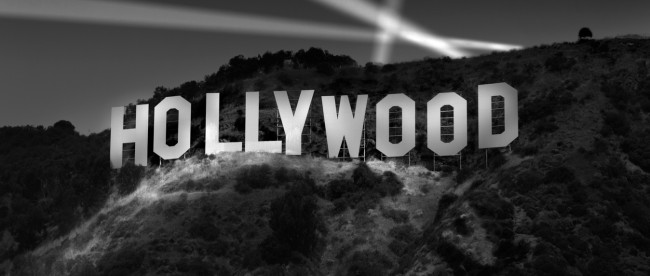
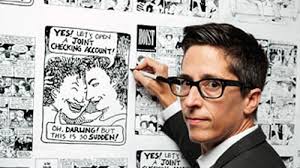
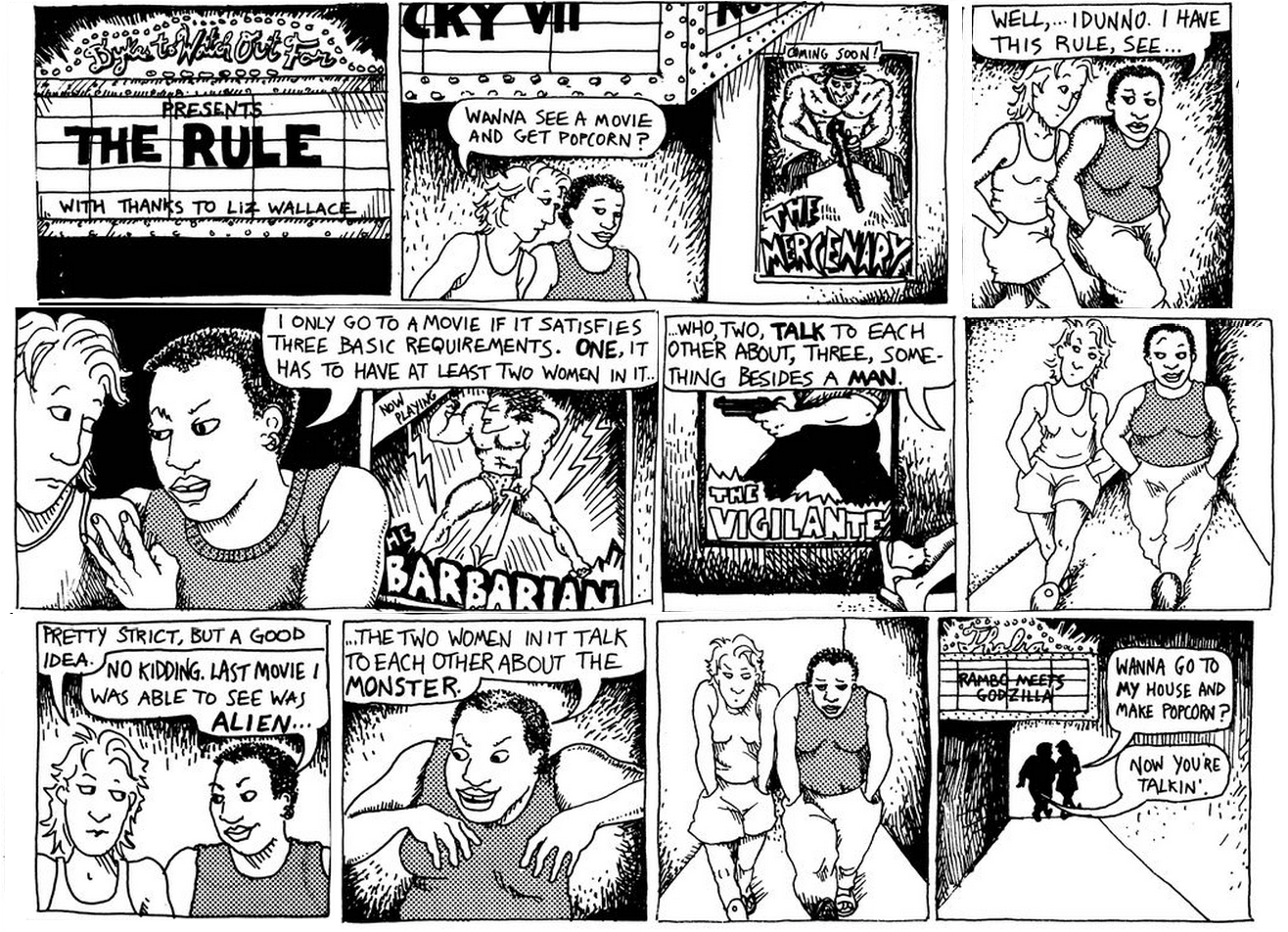
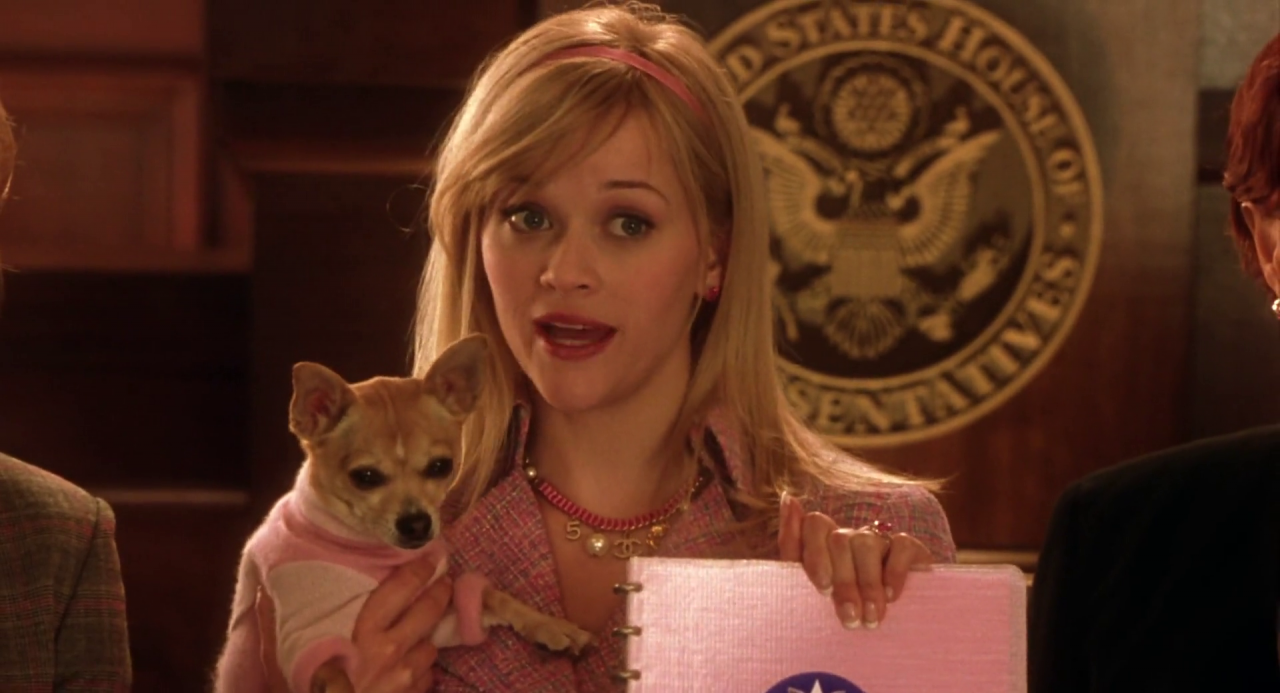
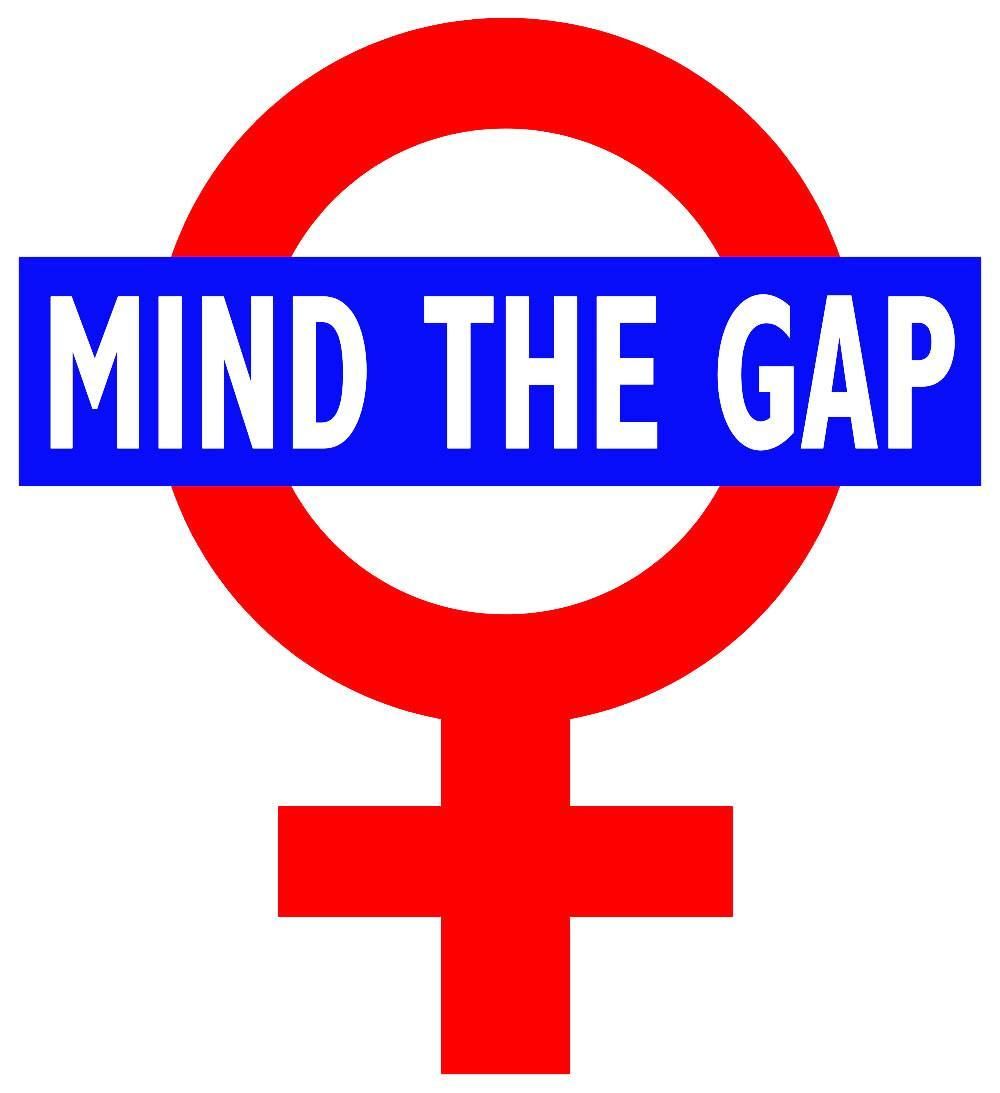

Leave a comment